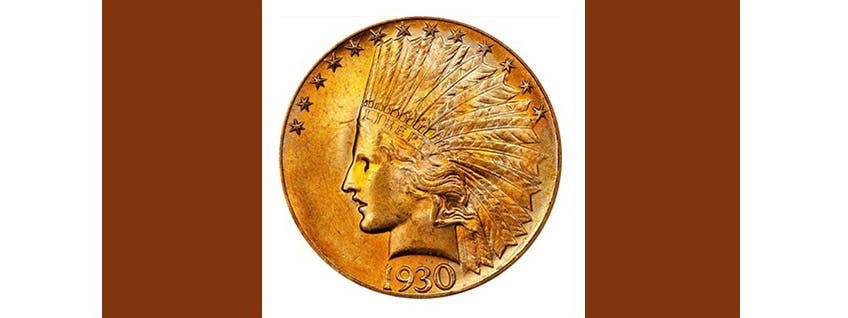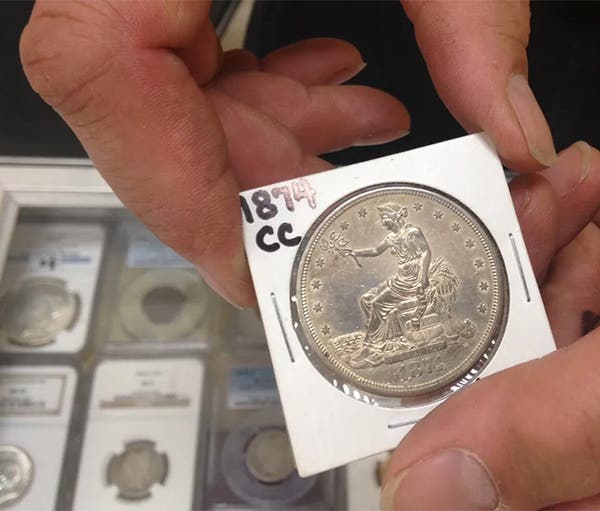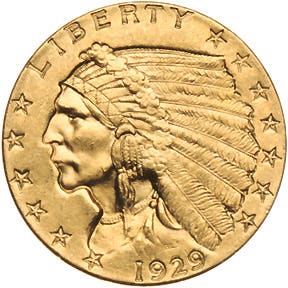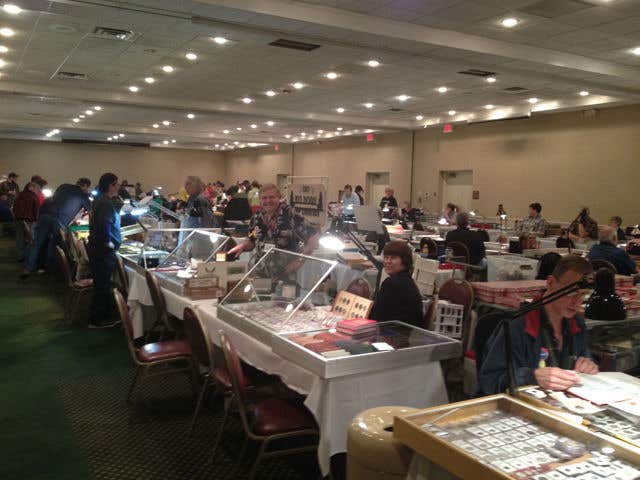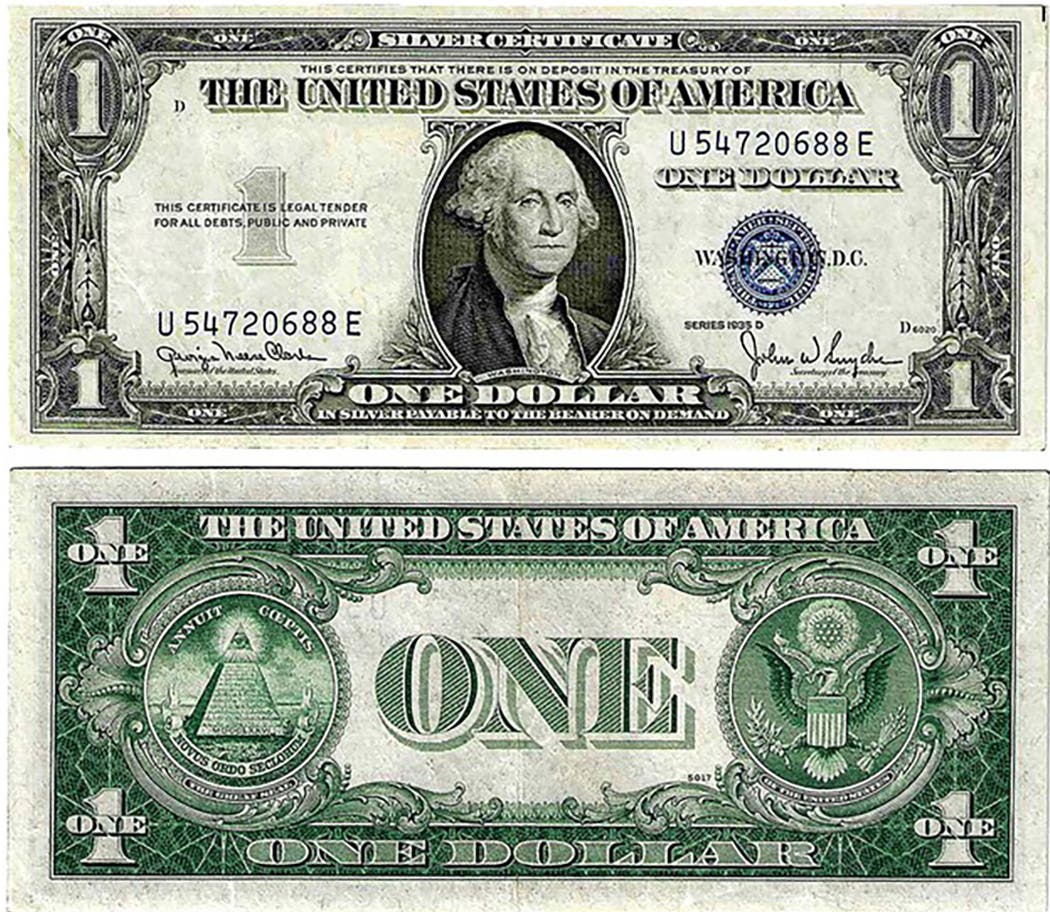Letters to the Editor: April 4, 2023
Could Business ‘Cards’ Be Collectible? Over the years, on three separate occasions at coin shows, I have obtained coin reproductions that are used by these three coin dealers as the…
Could Business ‘Cards’ Be Collectible?
Over the years, on three separate occasions at coin shows, I have obtained coin reproductions that are used by these three coin dealers as the equivalent of business cards. On one side is a reproduction of an actual coin, and on the other side the dealer’s name and contact information. All were given to me free of charge and they’re all the same size, which makes me think they were minted by the same company. The three I have feature a 1794 large cent, an 1860 Mormon gold coin and an 1824 coin of the Republic of Central America. (Dealers, you know who you are.)
Are there enough of these out there that they could be considered a collecting specialty in their own right? Perhaps these dealers, and others who use these same “business cards,” might be willing to offer them to the collecting community by mail through this publication, in an ad or a letter.
Name and address withheld
Reader’s Cent Likely
from Foreign Planchet
Regarding James Thetford’s question in the Feb. 21 issue. [Has it ever been determined that a 1983-D Lincoln cent with 98 percent copper and 2 percent zinc is a U.S. planchet or a foreign planchet?]
I’m reminded of an article in the Jan. 24, 2017, issue of Numismatic News, in which Ken Potter announced the discovery of a 1983-D Lincoln cent struck on a planchet of 98 percent copper and 2 percent zinc. NGC found it to weigh 3.0 grams, not the usual 3.1 grams for a bronze cent. Perhaps this is your coin. I am by no means an authority, but it seems to me that if the copper content is higher, and the weight is lower, but the diameter is the same, then the coin, of necessity, must be slightly thinner than a typical 1983-D cent.
My initial thought six years ago was that it must be a 1982 or 1983 Canadian cent planchet. They’re slightly thinner than their U.S. counterpart, and they are 98 percent copper. The only problem is that the other 2 percent is mostly tin, not zinc, and the X-Ray Fluorescence test would have revealed it as such. Your coin is a mystery but, in my opinion, the chance of it being a U.S. planchet is close to 0 percent, and the chance of it being foreign is close to 100 percent.
I know nothing about XRF testing, but I wonder if it is 100 percent accurate all the time, or are there limitations to what it can “see?” If your coin is the same one that Mr. Potter wrote about in 2017, then it is probably unique and still qualifies as an incredible find. I love a good mystery!
Paul Malone
Forest Lake, Minn.
Dealers Need to Respect Privacy of Show Attendees
That is an excellent piece on dealer security at shows in the latest Numismatic News e-newsletter. Much appreciated. [The same story can be found on page 50 of this issue.]
Might I suggest a similar piece on security considerations for attendees. We too can be targets for “sophisticated and novice criminals.” We can be stalked and robbed.
I am no longer capable of attending shows but did so in my earlier decades. I found it prudent to keep a watchful eye on those around me both nearby and further afield both inside and outside the bourse.
On a related matter, I vividly remember the day a dealer acquaintance spotted me across the bourse floor and called out in a loud voice asking me about an expensive note in my collection. I was not amused and was very aware he had drawn a target on my back.
It happens. Perhaps in your dealer security article you could have included a brief statement asking all dealers to respect the privacy and security of their customers and all attendees at all times.
Dr. K.A. Rodgers
New Zealand


